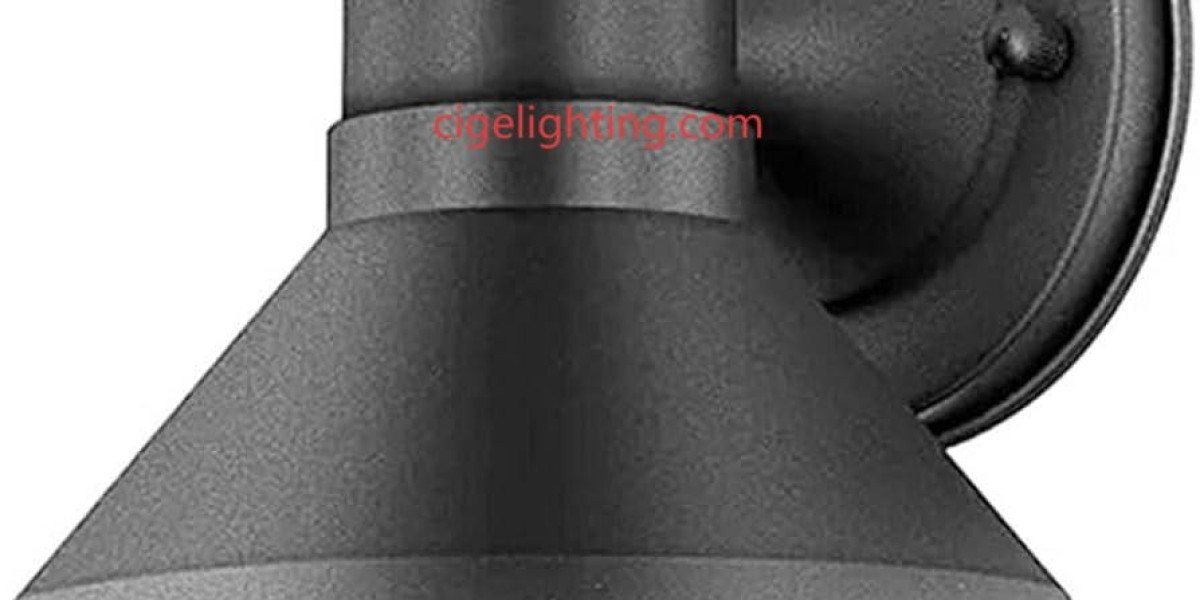Battery Powered Motorcycles
Battery Powered Motorcycles are electric motorcycles that rely on rechargeable batteries as their primary power source. These motorcycles are gaining popularity due to their zero-emission nature and lower maintenance requirements. Advancements in battery technology are leading to improvements in range, charging time, and overall performance of battery-powered motorcycles.
At the heart of every great motorcycle is a great engine. In the new era of electric mobility, that engine is the battery pack. The entire character, capability, and practicality of a Battery-Powered Motorcycle are defined by its battery. It dictates the bike's range, its weight, its cost, and even its handling. As of 2025, the art of designing a world-class electric motorcycle is the art of mastering the battery. This article explores the critical role of the battery and the key trade-offs that engineers must balance.
The Holy Trinity: Range, Weight, and Cost
Designing a battery pack for a performance motorcycle is a constant battle between three competing factors:
Range (Capacity): To provide a long driving range, the battery needs a high energy capacity, measured in kilowatt-hours (kWh). More kWh equals more range.
Weight: Batteries are heavy. A larger capacity battery weighs more. In a motorcycle, where lightweight and agile handling are paramount, adding weight is the enemy of performance.
Cost: The battery is the single most expensive component of the motorcycle, often accounting for 40-50% of its total cost. A larger battery is a more expensive battery.
The perfect battery-powered motorcycle is one that finds the "sweet spot" in this triangle: a range that is practical for riders, a weight that still allows for nimble handling, and a cost that makes the final product affordable.
Fixed vs. Swappable: A Critical Design Choice
A fundamental decision in battery design is whether to make the pack fixed or swappable.
Swappable Batteries: This approach uses smaller, removable battery packs. It offers the convenience of being able to take the battery indoors to charge, which is great for riders who live in apartments. However, the small size limits the total capacity and therefore the range and performance. This approach is more common in lower-power, commuter-focused electric motorcycles.
Fixed Structural Packs: This is the dominant trend for high-performance motorcycles. The battery is a large, non-removable unit that is integrated directly into the motorcycle's frame.
The Advantage: This allows for a much larger battery capacity, enabling longer range and higher power output. Critically, it also allows the battery casing to be used as a stressed member of the chassis. This means the battery itself contributes to the frame's strength and rigidity, leading to better handling and allowing for a lighter overall frame.
The Importance of Thermal Management A battery that is delivering the high power needed for a performance motorcycle generates a lot of heat. A battery that is too hot will have its performance limited ("thermal throttling") and will degrade faster. Therefore, advanced thermal management, usually through air-cooling fins or, in the most advanced models, liquid cooling, is essential for maintaining consistent performance.
Frequently Asked Questions (FAQ)
Q1: What is the most important component of a battery-powered motorcycle? A1: The battery pack is the single most important and defining component. It determines the motorcycle's range, weight, performance, and a significant portion of its cost.
Q2: Why do most high-performance electric motorcycles have non-removable batteries? A2: They use large, fixed (non-removable) batteries because this allows for a much greater capacity (longer range and more power). It also enables the battery pack to be used as a structural part of the motorcycle's frame, which improves handling and rigidity.
Q3: What is a "structural" battery pack? A3: A structural battery pack is one where the strong, rigid outer casing of the battery is designed to be an integral part of the vehicle's chassis or frame. It bears some of the structural loads of the bike, allowing the rest of the frame to be lighter.
More Related Report
Automotive Timing Belt Market Size









